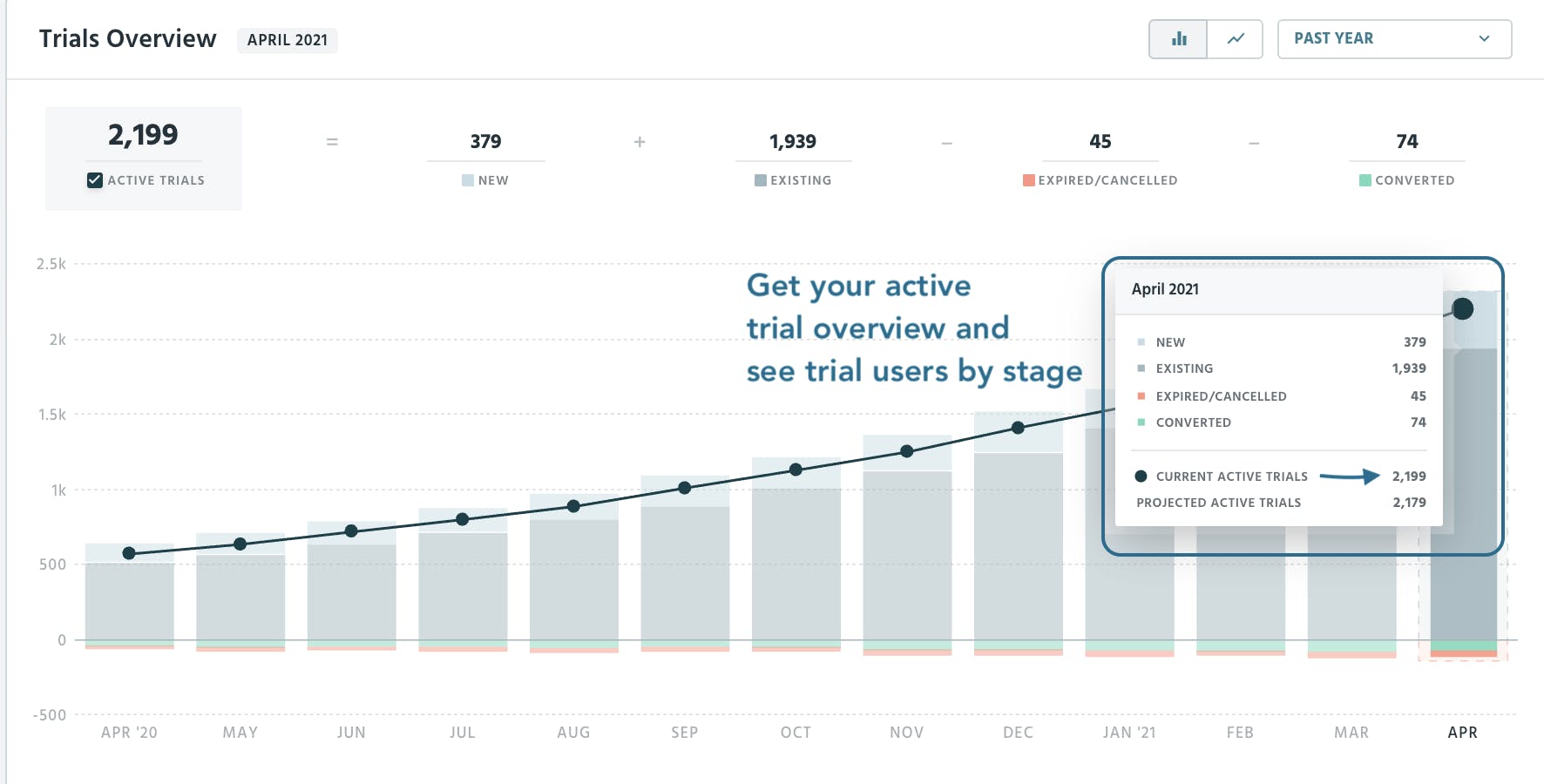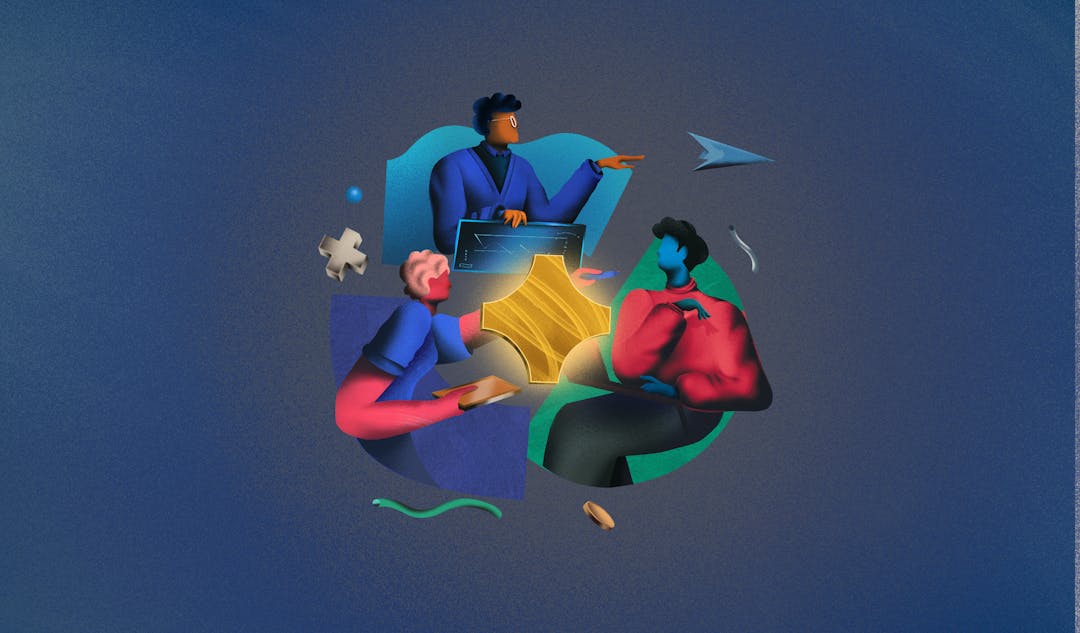Freemium is a common acquisition model that many SaaS businesses use in order to get customers on board, but you'll need to be careful when implementing
As the strategy grows in popularity, almost everyone has used a product released under the freemium model. In some industries, freemium is the dominant model. But as familiar as we are with the concept of freemium as consumers, many business owners fail to understand how freemium should fit into their strategy. In this post, we'll tell you what you need to know if you're thinking about giving freemium a try.

What is freemium?
Freemium is a business model that companies use to offer limited or basic features to their users. It is quite a common strategy for software companies to offer free plans to attract new users and then charge extra for the premium features of their product.
Freemium has its roots in a business model called Shareware that dates back to the early 1980s. Software developers would give a fully functioning version of their game away for the cost of a blank disk and postage. As CDs became popular, these shareware freemium games would be packed on them and distributed along with popular magazines. Despite being fully functional, the software would have additional features that could be obtained by purchasing a copy of the full program.
Distribution models have changed a lot since the 1980s. We now have the ability to "unlock" a freemium title without the consumer having to send away for it and wait for a disk to return. With SaaS, or in-app purchases, going from Shareware to the full version is now an instant process. That process is what we now know as freemium.
Redefining freemium: A customer acquisition channel
We mentioned in the intro that many businesses fail to understand what freemium is. The way they do that is by thinking of it as a monetization strategy. That's the wrong thought process. Freemium isn't a way of monetizing your customers, it's a way of acquiring them. More specifically, it's a way of putting them into your sales funnel with the hopes of acquiring them as paying users. When viewed as a customer acquisition model and not just another pricing model, freemium can really shine.
Freemium to encourage word-of-mouth marketing
One of the first success stories of the modern freemium era is Evernote. The note-taking app was fortunate enough to launch around the same time Apple's hugely popular iOS App Store did, which certainly helped them get a lot of eyeballs on their product. But it was the customers themselves that CEO Phil Libin credits with the early growth of Evernote. "The easiest way to get a million people to pay for a non-scarcity product may be to make 100 million people fall in love with it," Libin once said.
The freemium business model relies on enough customers making a purchase to cover for the fact that many users aren't paying any money. The users who don't pay for the premium verison, however, are likely to tell their friends if they enjoy your product. As Libin implied, you are getting a marketing rep out of them even when you aren't getting a new customer.
Freemium to lower customer acquisition cost (CAC)
When digital advertising first began, it opened up a whole new world for marketers. The ability to precisely target allowed them to reach just the right customer, and the ability to use very specific keywords reduced competition. We are many years removed from digital advertising being a new thing, however. Even with relatively niche keywords, it's getting harder and harder to remain competitive relying on ads as a primary marketing method. The result is increasingly high customer acquisition costs.
SEO is one way companies can reduce reliance on advertising, bringing in potential customers through organic means instead. But people love free services, which makes freemium a much more enticing way to get customers into your sales funnel that, like SEO, also costs next to nothing to implement. The less reliant on ads you can become, the lower your CAC will be.
Freemium to build customer habits
When you make a bare-bones version of your product free, you reduce the friction that it takes for customers to use it, down to almost nothing. By doing so, you are increasing the chance that your product will be their go-to when they need to get something done. If you create a solid product, then your customers will continue coming back to it. Once using your product has become a habit for them, the friction of switching to another brand increases. They'd have a whole new learning curve and feature set to adjust to. This creates a powerful lever for upselling those customers as their needs grow.
Freemium to strengthen your expansion revenue position
Anyone in marketing can tell you that an upsell is easier than a sale. If a customer is familiar with your product and what it can do for them, they are already primed to make a purchase. Because of this, expansion revenue is 4x cheaper than acquisition. Giving your product away for free and upselling on additional features means you can skip right past the difficulty of making an initial sale and take advantage of the relative ease that expansion revenue brings.
If there are multiple tiers in your upsell, this benefit is only strengthened. True growth for SaaS companies doesn't come from acquisition but from existing customers. If you bring in customers for free, you'll put a lot of them in the funnel. If you focus on retention and give them room to grow as their needs do, you will minimize churn and see your business grow right alongside them.
3 factors to get your freemium model right
A side effect of so many businesses coming at freemium from the wrong perspective is that many of them fail to take the steps necessary to do freemium right. Once you view freemium, properly, as a means of customer acquisition, the factors involved change. It's when these new factors are taken into account that freemium has the best chance of becoming a successful strategy.
1. Know thy customer
Market research is important for any business, but it is especially important with freemium. You may think you've got a killer feature set aside to be exclusive to the paid version of your product, only to find out that customers aren't particularly willing to pay extra for that feature. Perhaps worse, is the possibility that the feature they would pay big money for is something you didn't view as important and gave away in the free version. Understanding what minimum features they need to keep coming back, what add-ons they are willing to pay for, and how to balance those two is vital to freemium success.
2. Clear product messaging
If customers buy your product and find that it works wonderfully, that can be a great thing. After all, that's how you get the word-of-mouth advertising we talked about earlier. But if your product messaging is off and you don’t advertise your value proposition the right way, then they'll never know how much better things can be if they upgrade to a paid version of the product. It's important that, in addition to constantly adding value, you are clearly communicating what the additional value is so customers know what they're missing by not upgrading.
3. Have a cost buffer
Customer acquisition takes time. This is true whether you are using PPC ads, SEO, or a freemium product to attract those customers. One of the reasons freemium fails is that companies that treat it purely as a pricing strategy fail to have a buffer set aside to account for acquisition time. While a product is waiting to acquire customers, the business still has costs that need to be accounted for. Ensure that you have a buffer in place to keep the lights on while your customer base grows, and you'll be much more successful with freemium.
Use value to upsell free users to paying customers
If there's one theme that's repeated itself while we've discussed upselling, it's value. The product you give away for free has to have value. If it doesn't, then people aren't going to use it even if it doesn't cost anything. The upsell that you are charging for has to have additional value over top of the free offering. Moreover, it needs to have enough additional value to make upgrading worth it to the customer. Your message, as frequently as possible, should be communicating both of those examples of value to your user base.
3 successful freemium offers in action
Now that we've talked about what freemium is, and how you can make it work, let's take a look at some companies who've done just that. Below are some of the most popular, and successful, examples of freemium in action.
Dropbox
Storage is an area where the value is obvious. Dropbox took advantage of this by offering a limited amount of storage for free and upselling additional space. If you sign up for a free Dropbox account, and it starts to fill up, you're immediately going to know that you need more storage. Of course, a user knowing that they need more storage might not mean much if it wasn't obvious that they can get more storage if they are willing to pay for it. If you've used Dropbox, you'll notice they are constantly reminding you that you can get more storage for a cost. They aren't invasive about it, but they certainly let you know.
Slack
Right from the start, Slack understood what we said earlier about the free product needing to have value. As a communication tool, Slack doesn't just have value—it becomes essential to the companies that use it. In other words, Slack is habit-forming. When you can make your free product an essential part of your user's day, you have a great chance at upselling them. Slack is a testament to this as they have one of the highest conversion rates in the SaaS industry, coming in at around 30%. This is aided by the fact that, as a communications tool, it requires someone to bring at least one other person on board to be useful.
Spotify
Slack has some competition for the highest conversion rates. In 2015, Spotify announced that 20 million of their 75 million users are paying subscribers. That's a 26.6% conversion rate. If we look at why that is, we see some of the same factors at play. People love music. Many people listen to it every day, and almost everyone listens to it regularly. The free version of Spotify is all you need to satisfy all your music cravings. Again, the free version is habit-forming. If you've used the free version of Spotify, then you'll notice that they also constantly remind you what you can get by paying for the full version. The ads they use to support the free version no doubt help their bottom line, but also provide the perfect vehicle for their own, very clear, messaging about the value of the premium product.
How to leverage analytics to strengthen your SaaS freemium product
Utilizing the freemium model for your SaaS product can be a lucrative move, if done properly. You need data and the right tools to properly develop your freemium strategy.
ProfitWell Metrics
Here at Paddle, we're firm believers in the freemium model—our own subscription analytics software, ProfitWell Metrics is a freemium product. ProfitWell Metrics is a forever-free tool that provides accurate analytics and reporting on the most crucial metrics that are key for the growth of your SaaS businesses. Track the entire customer journey throughout the customer lifecycle—freemium to premium packages.

Freemium FAQs
Does the freemium model work?
Yes! As experts in pricing, we would not be using the freemium model for ProfitWell Metrics if it didn't work. However, you need to view it as a customer acquisition strategy, not a monetization strategy.
What are some examples of freemium services?
In addition to our own Metrics offering, some huge names like Dropbox, Slack, and Spotify use a freemium model. The model is also popular with some streaming services, such as Peacock and Hulu, which both offer free versions with ads in addition to their paid, ad-free, content.
What's the difference between free and freemium?
Freemium is a vehicle for upselling. If something is free, then users will get every feature it has to offer for no cost. Freemium instead gives some great features for free, but saves the best features for paying customers.




